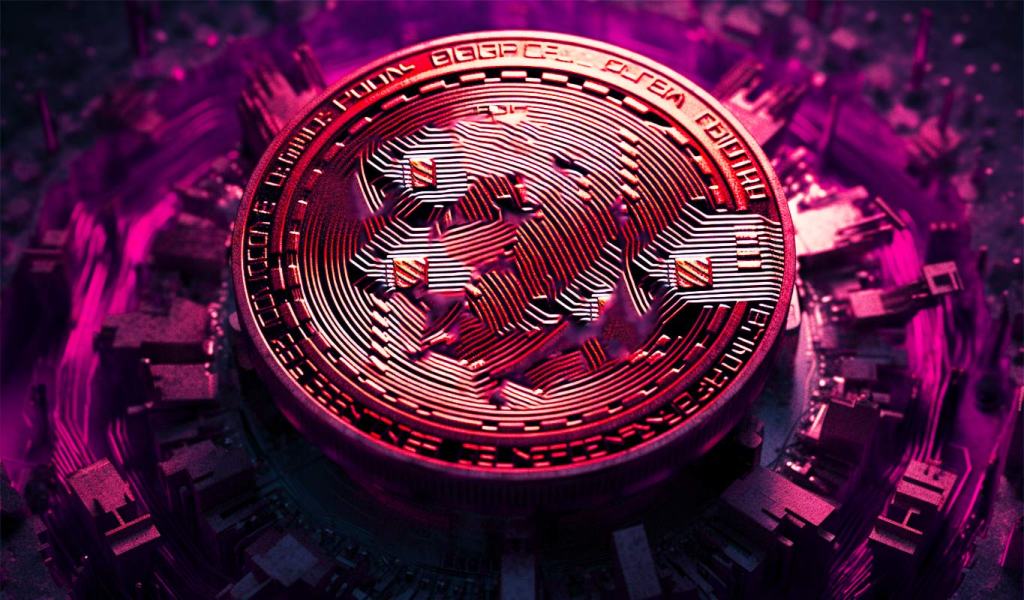
On paper, EOS has great fundamentals, but derivatives markets suggest traders don’t feel the same about the altcoin’s price potential.
EOS began a descending trend 53 days ago and despite the recent 27% weekly gain, the altcoin is not showing any signs of a reversal. As a result, investors are questioning whether the former top-5 cryptocurrency has what it takes to turn around after Daniel Larimer, CTO of the development company behind EOS, resigned in late 2020.

The emergence of competing proof of stake smart contract platforms like Solana (SOL), Polkadot (DOT) and Avalanche (AVAX) possibly weighed on this 2017-era project. One potentially bullish catalyst could be the fact that Block.one, the company responsible for the EOS token launch, owns over 160,000 Bitcoin (BTC) according to data compiled by BitcoinTreasuries.net.
EOS might not be the preferred smart contract network of the day, but a handful of working finance, games, exchanges, and decentralized social applications are running. The transaction cost for the user is either negligible or usually covered by the wallet or application, which makes it a great contender for non-fungible tokens (NFT) and social networks.

Having deep pockets is an excellent strategy to land some heavy partnerships and Block.one secured over $300 million from investors, including Peter Thiel, Mike Novogratz and Alan Howard. The EOSIO developer reportedly came up with another $100 million cash injection for Bullish exchange, which completed its seven-week testnet on Sept. 15.
According to its website, all Bullish exchange transactions and states will be validated and stored on EOSIO-based blockchains, enabling instant auditing and upholding integrity. Moreover, the company expects to make $3 billion of assets available to the Bullish liquidity pools.
Retail traders lost confidence after September’s crash
To understand how confident traders are on EOS holding the recent $4.50 support, one should analyze the perpetual contracts futures data. This instrument is the retail traders' preferred market because its price tends to track the regular spot markets. Unlike quarterly futures, there is no need to manually roll over the contracts nearing expiry.
In any futures contract trade, longs (buyers) and shorts (sellers) are matched at all times, but their leverage varies. Consequently, exchanges will charge a funding rate to whichever side demands more leverage, and this fee is paid to the opposing side.
Neutral markets tend to display a 0% to 0.03% positive funding rate, equivalent to 0.6% per week, indicating that longs are the ones paying it.

Data reveals a complete absence of bullish bets since Sept. 19 when the cryptocurrency market plunged and caused EOS to drop from $5.25 to $4.15 in less than two days. However, the recent rally's inability to boost leveraged longs can be explained by the EOS price being 25% below the $6.40 peak just 30 days ago.
Top traders sold during the recent rally
To understand how whales and arbitrage desks may have positioned themselves during this period, one should analyze the top traders' long-to-short ratio.
This indicator is calculated using clients' consolidated positions, including spot, perpetual and quarterly futures contracts. This metric provides a broader view of the professional traders' effective net position by gathering data from multiple markets.

As shown above, the 1.90 long-to-short ratio seen on Oct. 3 still favors longs but is the lowest level since the Sept. 19 price crash. Interestingly, the recent 27% weekly gains happened while the top traders were reducing their bullish positions. Meanwhile, the current 3.0 long-to-short indicator sits slightly below the previous 30-day average of 3.50.
Both retail and pro traders seem unconvinced that the Bullish exchange launch will be enough to break the prevailing bearish trend initiated in mid-August. For EOS to regain investor confidence, it seems essential to show that their decentralized applications are gaining traction as the competition gains ground in NFT and DeFi sector.
The views and opinions expressed here are solely those of the author and do not necessarily reflect the views of Cointelegraph. Every investment and trading move involves risk. You should conduct your own research when making a decision.
